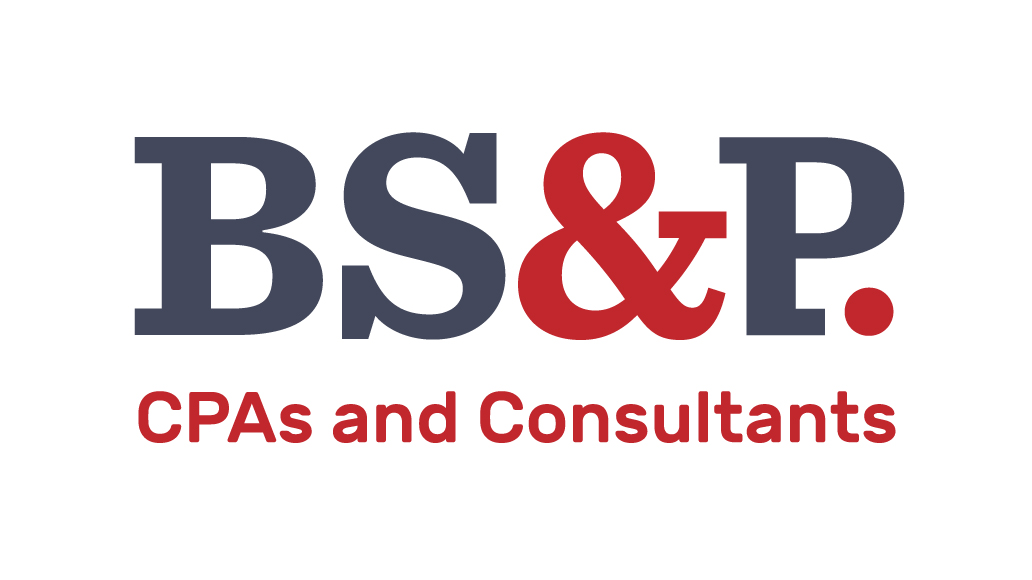Americans are aware of the need for retirement planning; they just seem to be unable to undertake the task by themselves. There are many factors that play a role in planning for retirement. The following are reasons why developing a sound retirement plan is essential:
- Increased longevity
- Increasing cost of living
- Inflation
- Changing retirement age
- Continued employment
- Uncertain future of Social Security
Increased longevity
People are living longer, Men who reach the age of 65 can expect to live almost another 18 years; for women the remaining lifespan is almost 21 years. These are averages; many will live beyond those years. The significance of increased longevity on retirement is clear: the more years a person spends in retirement, the more he or she can expect to confront the financial, physical, and physiological changes that are sure to come.
Increased cost of living
Contrary to popular opinion, the cost of living does not automatically drop during retirement. Housing and utilities may remain constant; health care is likely to increase. The only way to ensure that one can maintain a level of income that corresponds to one’s needs is to plan for that reality.
Inflation
Inflation can be a real problem for those who live on a fixed income. Even a moderate increase in the cost of living will have a significant impact over a retirement period that can exceed 20.
Changing retirement age
Most people still consider the normal retirement age as 65, though it is slowly inching upwards.
Continued employment
Today’s retirees, who are younger and healthier than their counterparts of previous generations, continue to participate in the work force. They continue to work not only to earn a wage but for other non financial reasons.
Uncertain future of Social Security
Social Security provides only a portion of what most people need to live comfortably during their retirement. The Social Security Administration advises that, for average American consumers, more than half of their retirement income must derive from personal savings and investments.
Devise a Plan
So how does an individual get to that comfortable retirement position? Having a plan is crucial and retirement planning can conceivably span two-thirds of a person’s life. Ideally, retirement planning would begin at the point a person begins working, which is the prime time to start saving for retirement.
Finding a home for your savings
When it comes to retirement savings, most people are looking at two main options for stashing their money: IRAs and 401(k)s. The latter, however, generally relies on your employer offering such a plan, though it’s estimated that 79% of Americans work for companies that sponsor 401(k)s.
IRAs and 401(k)s each have their own advantages and drawbacks. An issue with IRAs is that their annual contribution limits are considerably lower than what 401(k)s allow for. If you’re under 50, you can put up to $5,500 away this year in your IRA. If you’re 50 or older, you get a catch-up provision that raises this limit to $6,500.
Employer-sponsored 401(k)s, on the other hand, come with an annual contribution limit of $18,500 for workers under 50, and $24,500 for those 50 and older. This represents a $500 increase from last year. In addition, since many companies are willing to match employee contributions to a certain degree, you may get a chance to have even more money put away in a 401(k) this year.
On the other hand, 401(k)s tend to offer fewer investment options than IRAs, and that could pose an issue on two levels. First, you might struggle to find investments that align with your risk tolerance and strategy, but secondly, you might lose more money to investment fees in a 401(k) than in an IRA — though this isn’t always the case, as it will depend on the specific investments you choose.
Both IRAs and 401(k)s come in the traditional and Roth variety. With a traditional, your money goes in pre-tax, but withdrawals are taxable in retirement. With a Roth, you don’t get a write-off for the 2018 tax year for making contributions, but when the time comes to take distributions in retirement, that money is yours clear and free of taxes. Keep in mind, however, that there are income limits for contributing to a IRA’s directly.
Saving for retirement when you’re self-employed
One downside of working for yourself is not getting access to an employer-sponsored 401(k). But that doesn’t mean you’re out of options. In addition to the traditional or Roth IRA, you have two other choices: the SIMPLE IRA and the SEP IRA.
With a SIMPLE IRA, you can contribute up to $12,500 this year if you’re under 50, or $15,500 if you’re 50 or older. Keep in mind, however, that if you open a SIMPLE IRA and have employees, you’re required to match contributions either by contributing a fixed rate of 2% of every employee’s compensation up to a maximum of $5,500, or by matching employee contributions dollar for dollar up to a maximum of 3% of compensation. Self-employed individuals are considered both the employer and employee for contribution purposes.
With a SEP IRA, you can contribute up to 25% of your earnings for a maximum of $55,000, which represents a $1,000 increase from the previous year. That 25%, however, applies to net earnings from your business, which are figured by taking your gross income and subtracting both your SEP IRA contribution as well as half of your self-employment tax. Furthermore, you should know that if you own a business with employees, you’re required to make the same contribution percentage-wise to their accounts as you do to your own.
How should you save this year?
Given the number of savings options out there, choosing the right retirement plan may be easier said than done. To help guide your decision, ask yourself the following questions:
- How much money am I looking to contribute this year?
- Do I need a tax break this year?
- Is it important for me to have tax-free income in retirement?
No matter which type of plan you opt for, let 2018 be the year in which you contribute as much as possible. The more money you set aside today, the more you stand to retire with — and that’s something you’ll come to appreciate once the time comes to bring your career to a close.
If you need insight and advice on retirement planning, contact Greg Hack at 716-854-5034 or gjh@bspcpa.com

